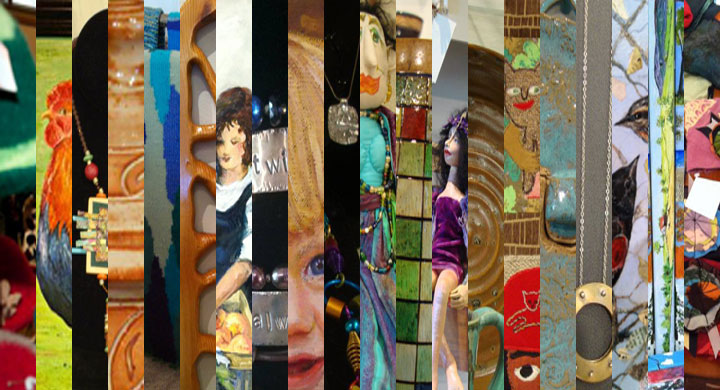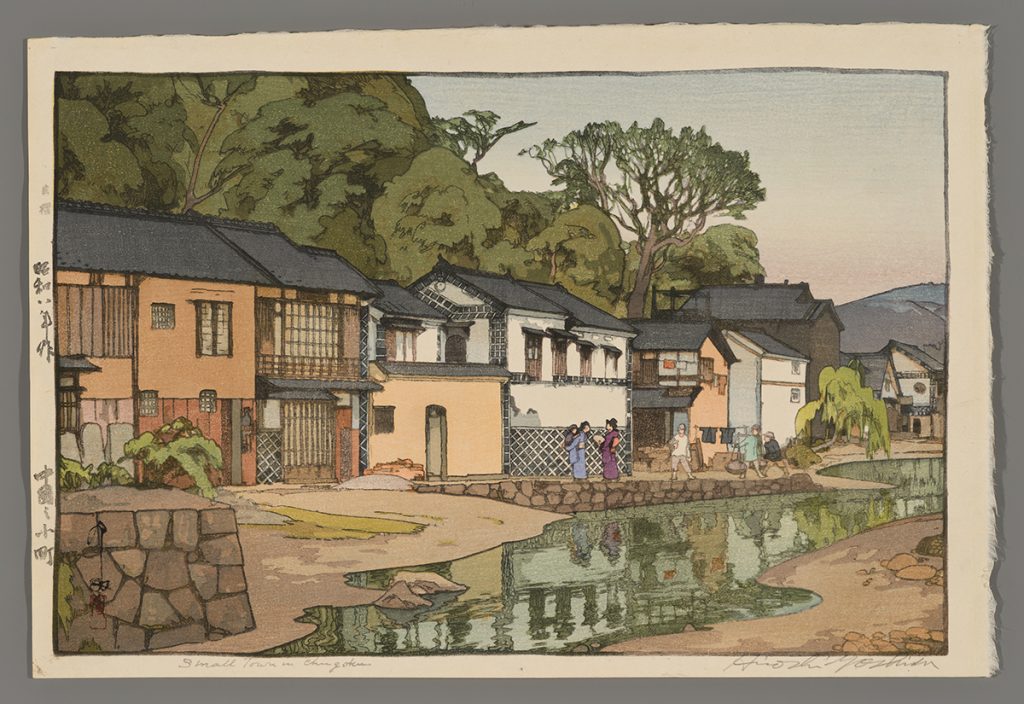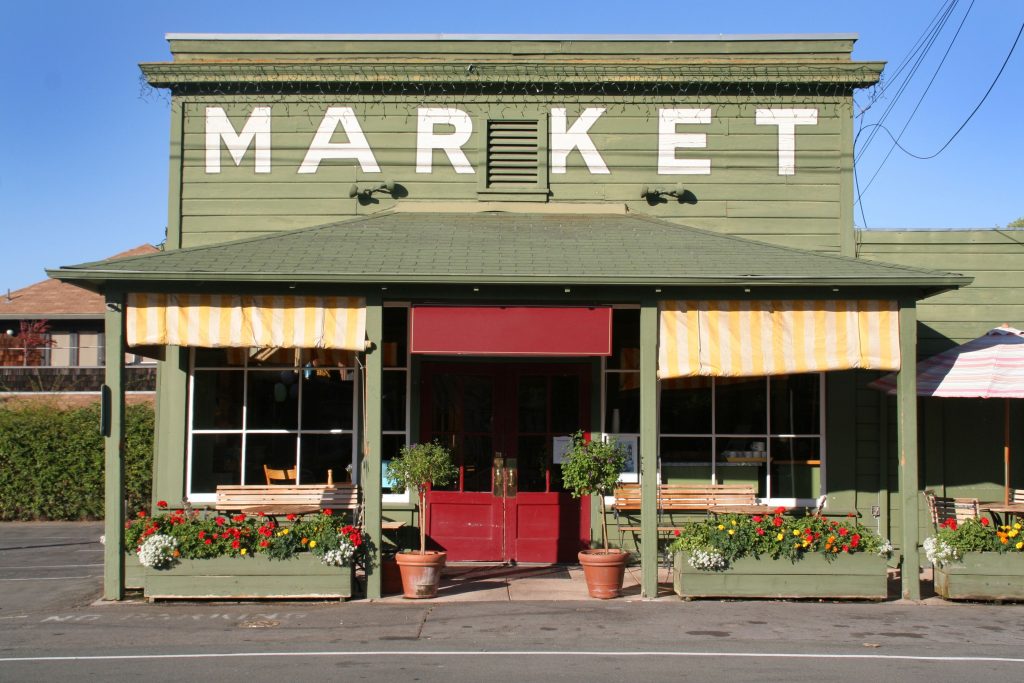An art gallery is a room or a building in which visual art is displayed. In Western cultures from the mid-15th century, a gallery was any long, narrow covered passage along a wall, first used in the sense of a place for art in the 1590s.The long gallery in Elizabethan and Jacobean houses served many purposes including the display of art. Historically, art is displayed as evidence of status and wealth, and for religious art as objects of ritual or the depiction of narratives. The first galleries were in the palaces of the aristocracy, or in churches. As art collections grew, buildings became dedicated to art, becoming the first art museums.

Among the modern reasons art may be displayed are aesthetic enjoyment, education, historic preservation, or for marketing purposes. The term is used to refer to establishments with distinct social and economic functions, both public and private. Institutions that preserve a permanent collection may be called either “gallery of art” or “museum of art”. If the latter, the rooms where art is displayed within the museum building are called galleries. Art galleries that do not maintain a collection are either commercial enterprises for the sale of artworks, or similar spaces operated by art cooperatives or non-profit organizations. As part of the art world, art galleries play an important role in maintaining the network of connections between artists, collectors, and art experts that define fine art.
The art world comprises everyone involved in the production and distribution of fine art. The market for fine art depends upon maintaining its distinction as high culture, although during recent decades the boundary between high and popular culture has been eroded by postmodernism.
In the case of historical works, or Old Masters this distinction is maintained by the work’s provenance; proof of its origin and history.
For more recent work, status is based upon the reputation of the artist. Reputation includes both aesthetic factors; art schools attended, membership in a stylistic or historical movement, the opinions of art historians and critics; and economic factors; inclusion in group and solo exhibitions and past success in the art market. Art dealers, through their galleries, have occupied a central role in the art world by bringing many of these factors together; such as “discovering” new artists, promoting their associations in group shows, and managing market valuation.

Commercial galleries
Exhibitions of art operating similar to current galleries for marketing art first appeared in the early modern period, approximately 1500 to 1800 CE. In the Middle Ages that preceded, painters and sculptors were members of guilds, seeking commissions to produce artworks for aristocratic patrons or churches. The establishment of academies of art in the 16th century represented efforts by painters and sculptors to raise their status from mere artisans who worked with their hands to that of the classical arts such as poetry and music, which are purely intellectual pursuits. However, the public exhibition of art had to overcome the bias against commercial activity, which was deemed beneath the dignity of artists in many European societies.
